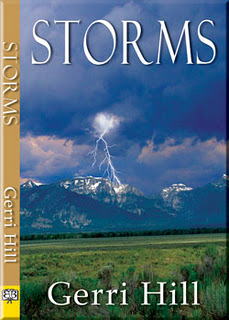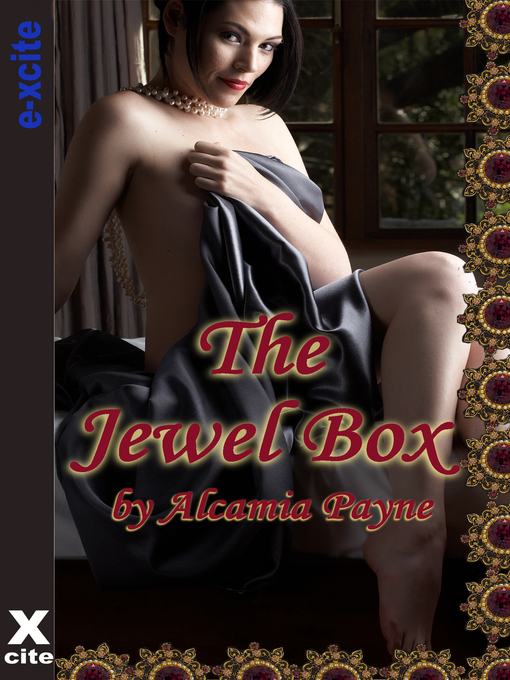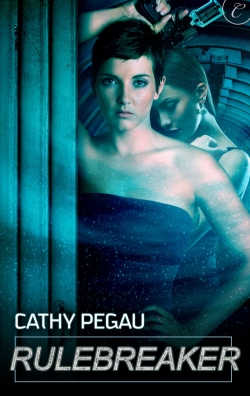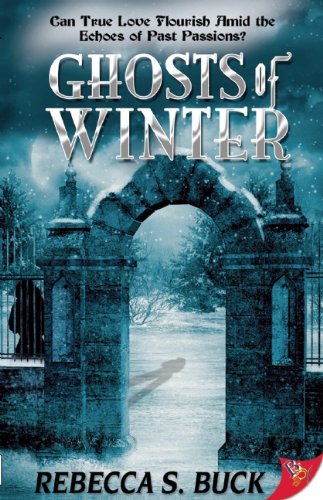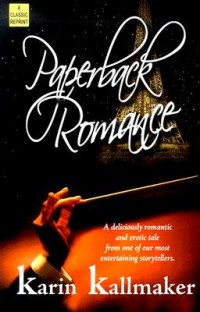I Can’t Think Straight, a novel by Shamim Sarif, is a rarity among lesbian romances. It was adapted from the screenplay of Sharif’s recent film of the same name, which is unusual–generally the movies are created from the books. It also features a cast of almost exclusively non-white characters, which I found refreshing. In the interest of getting a fuller picture, I also watched the film, and I’m here to report that the book was the better of the two, thanks largely to the absence of actors
The story focuses on Tala, a young woman of Palestinian descent whose family is among Jordan’s elite. Tala makes her home primarily in London but, as the action opens, is preparing to celebrate at her fourth engagement party in Jordan. Her counterpart is Leyla, a British Indian woman and fledgling novelist who is dating Tala’s best friend in London. Both women are independent thinkers who struggle to find their place among more traditional family members. Although Leyla is antagonized by Tala’s blunt questioning of her Muslim faith at their first meeting, they soon find out that they have more in common than they might have suspected, including a predisposition toward the company of women. After a steamy overnight, Tala finds herself caught between Leyla, about whom she feels she could develop sincere feelings, and her fiancee Hani, who is perfect in almost every way–except that he’s a man. Tala must come to grips with her own feelings under pressure from an overbearing mother and the weight of cultural expectations . . . ideally before she gets married.
The coming-out tale is an old (and sometimes tired) trope in mainstream lesbian romance, but it takes on a different dimension here. I can hardly think of any coming out stories that feature not one but two non-Caucasian women, and Sarif does a good job of tying Tala and Leyla’s struggles in with the larger cultural setting. The consequences aren’t painted as dire if neither of them choose honesty, but the choice to come out and live as openly gay will definitely have an impact on the way they are perceived.
The title is an obvious pun, just as the outcome of the story is obvious once the characters are put through the necessary misery of coming out to themselves and their families. There are some nice turns of phrase in Sarif’s writing, but there are also some lines that were lifted directly from the screenplay and land somewhat awkwardly. One of the most notable things (and perhaps this derives from the screenplay adaptation as well) was the way that secondary characters were fleshed out for the reader as the narrative jumped to their points-of-view. That’s not a technique generally found in standard lesbian romance, and it helped to reveal the motivations of other players involved and affected by Tala and Leyla’s relationship. Overall an enjoyable, if somewhat predictable, read.


